Moving into a new rental property can be an exciting yet daunting experience. While the prospect of a fresh start in a different neighborhood or city is thrilling, the hidden pitfalls in rental agreements and property conditions can turn that excitement into frustration. Many tenants, especially first-time renters, often overlook critical details during the viewing and signing process, only to discover unpleasant surprises later. To avoid falling into these traps, a thorough inspection and understanding of the rental terms are essential.
The first step in securing a safe and comfortable rental is to scrutinize the physical condition of the property. Walk through each room carefully, checking for signs of water damage, mold, or structural issues. Peeling paint, damp patches on walls or ceilings, and musty odors are red flags that shouldn’t be ignored. Test all faucets, showers, and toilets to ensure proper water pressure and drainage. Faulty plumbing can lead to costly repairs and inconvenience down the line. Don’t forget to inspect electrical outlets and switches—flickering lights or non-functional sockets could indicate wiring problems that pose safety hazards.
Windows and doors are another area that demands attention. Make sure they open, close, and lock properly. Loose handles, cracked panes, or faulty locks compromise both security and energy efficiency. Drafty windows can result in higher heating bills during winter, while inadequate ventilation may lead to condensation and mold growth. If the property comes with appliances, verify that they are in working order. Turn on the stove, check the refrigerator’s cooling ability, and run the dishwasher or washing machine if available. Malfunctioning appliances can be a significant inconvenience, and landlords may not always rush to fix them.
Beyond the physical inspection, reviewing the lease agreement with a fine-tooth comb is equally crucial. Many tenants skim through the document, assuming standard terms, only to later encounter unexpected clauses. Pay close attention to policies on rent increases, maintenance responsibilities, and penalties for breaking the lease early. Some landlords include automatic renewal clauses that lock tenants into another year unless they provide notice months in advance. Others may charge exorbitant fees for minor damages or require professional cleaning upon move-out, regardless of the property’s condition.
Security deposits are another common source of disputes. Clarify the conditions under which the deposit will be withheld and request a written inventory of the property’s condition before moving in. Taking timestamped photos or videos of any pre-existing damage can serve as valuable evidence if disagreements arise later. Additionally, inquire about utility arrangements—some rentals include certain utilities in the rent, while others require tenants to set up accounts independently. Unexpected utility costs can strain your budget if not accounted for beforehand.
Neighborhood and building amenities also play a significant role in the rental experience. Visit the area at different times of the day to gauge noise levels, traffic, and overall safety. A quiet street during the day might transform into a noisy hub at night due to nearby bars or late-night traffic. Check for proximity to public transportation, grocery stores, and other essential services. If the building offers amenities like a gym, laundry room, or parking, verify their condition and availability. Broken equipment or limited parking spots can quickly become sources of frustration.
Lastly, don’t underestimate the importance of communication with the landlord or property manager. Gauge their responsiveness and willingness to address concerns during the viewing process. A landlord who is dismissive or slow to reply before you’ve signed the lease is unlikely to improve afterward. Establishing a clear line of communication and understanding their approach to repairs and emergencies can save you from headaches in the future.
Renting a property is a significant commitment, and overlooking details can lead to long-term discomfort or financial strain. By conducting a meticulous inspection, thoroughly reviewing the lease, and researching the neighborhood, tenants can avoid common pitfalls and secure a rental that feels like home. Taking these steps ensures a smoother transition and a more enjoyable living experience, free from unwelcome surprises.

By Thomas Roberts/Apr 25, 2025

By Daniel Scott/Apr 25, 2025

By Thomas Roberts/Apr 25, 2025
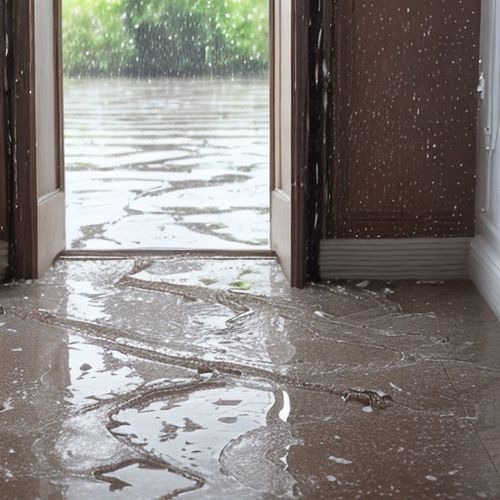
By Daniel Scott/Apr 25, 2025

By Lily Simpson/Apr 25, 2025

By Megan Clark/Apr 25, 2025

By Christopher Harris/Apr 25, 2025
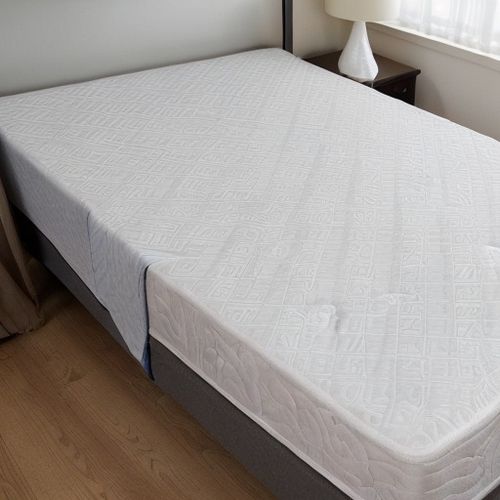
By Amanda Phillips/Apr 25, 2025
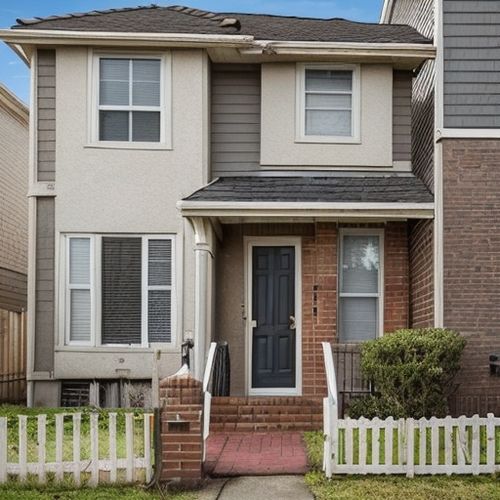
By John Smith/Apr 25, 2025
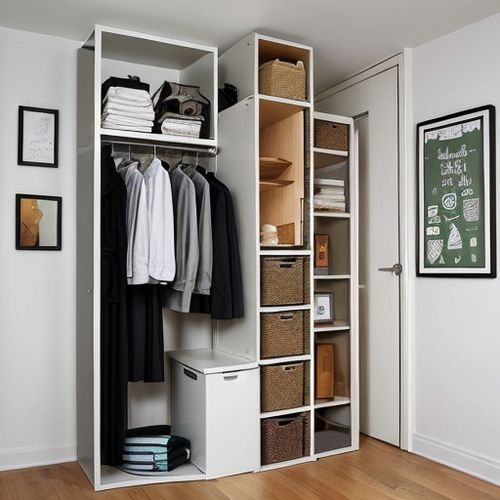
By Michael Brown/Apr 25, 2025

By Daniel Scott/Apr 25, 2025

By Olivia Reed/Apr 25, 2025

By Elizabeth Taylor/Apr 25, 2025

By James Moore/Apr 25, 2025
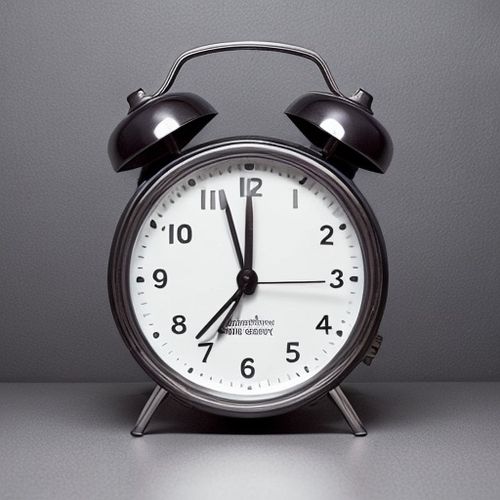
By John Smith/Apr 25, 2025

By William Miller/Apr 25, 2025

By Daniel Scott/Apr 25, 2025

By Emma Thompson/Apr 25, 2025

By James Moore/Apr 25, 2025

By Ryan Martin/Apr 25, 2025